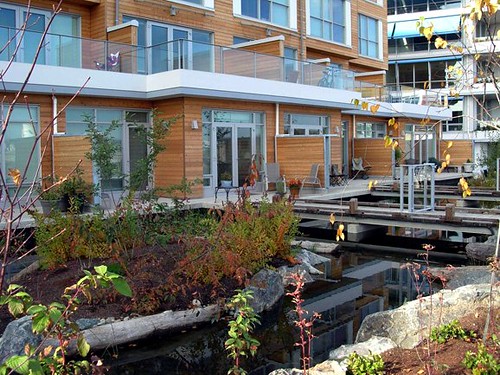This time it’s news from Cincinnati that one of the oldest community gardens in Over the Rhine would have been bulldozed for housing development. The “Eco-Garden” is a lovely garden that I used to walk by frequently on my way to downtown from Clifton, so it is very good news indeed that it has not only been spared, but incorporated into the city’s redevelopment plans for Over the Rhine.
While Over the Rhine is one of the poorest neighborhoods in Cincinnati, it has deep cultural roots that include food and urban ag. I spent most of my Saturday mornings at the historic Findlay Market, which was open year-round thanks to a major improvement about 8 years ago to enclose the main stalls in a four-seasons building. Before that project, Findlay Market definitely required a bit of stoicism for winter shopping, but it separated the committed from the fair-season shoppers.
Farmers Markets are quickly returning to cities around the country, after decades of lagging interest. It is quite an impressive achievement for Findlay Market to have withstood the test of time. And now it appears, happily, that the Eco-Garden will too.
